
By far the most European Style city in Ukraine, Lviv is the largest and most important urban center in the country's western regions. Historically sandwiched between formidable empires, Lviv's rich and turbulent past is not only reflected in its urban fabric and architecture, but also in some rather unexpected places. Overlooking the city, the Lion Hill stands out as a barren cliff in an otherwise forested area, whose peculiarity encapsulates some of Lviv's most mind-boggling as well as dreadful historic events.
Nestled between Dovbusha and Opryshkivska streets, the Lion Hill (Гора Лева) is accessible through a series of wooded paths, followed by a steep climb to the top of the hillock.
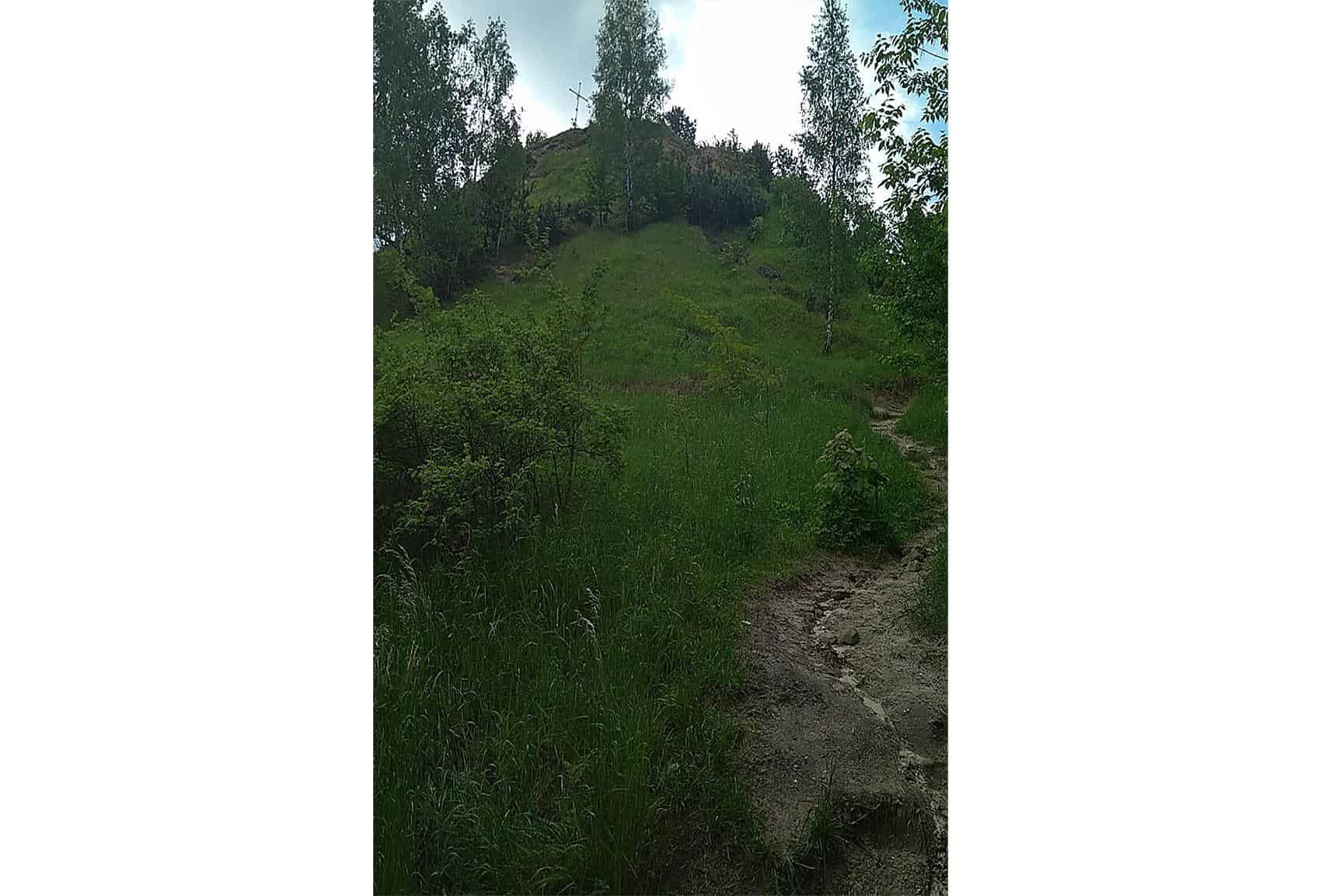
photography by: Михайло Кунець/ Wikimedia Commons
On a first glance, this bare knoll might seem like an assuming place. Nevertheless, its tumultuous history dates back to as far as the 14th century, when Prince Lev, the son of Lviv’s founder, Danylo Romanovych (after whom the city and the hill are named), constructed his castle over the top. Following an attack by the Poles in 1340, the castle was completely destroyed and as of today, no remnants of which have ever been found.
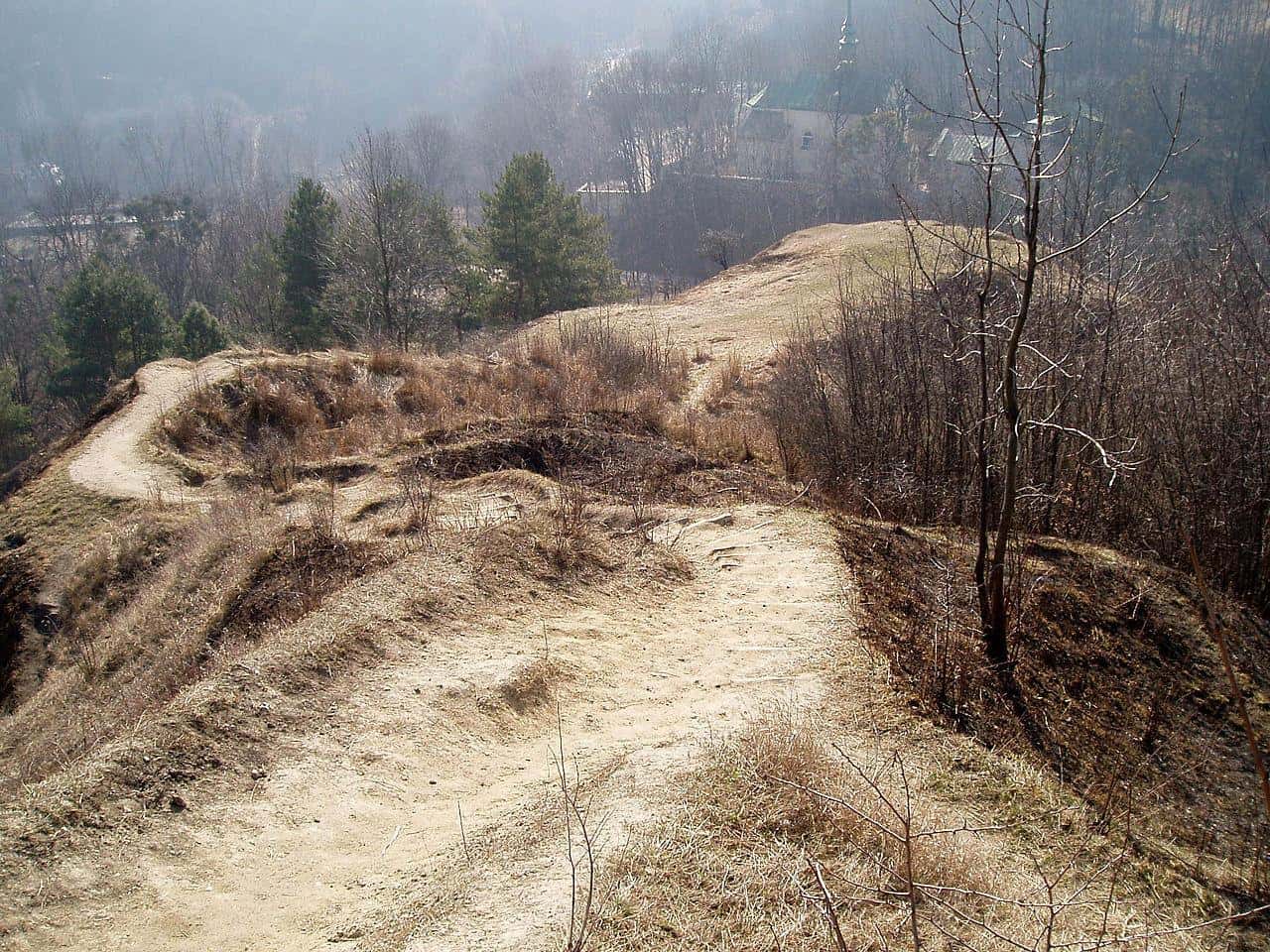
photography by: Aeou/ Wikimedia Commons
In contrary to most of its forested surrounding, the hill remains largely barren. As it turns out, the bluff serves as a vestige of a former quarry, where large deposits of sandstone and sand were mined over a long period of time, so much so, that at one point, it was nicknamed the Sand Mountain.

photography by: Крис/ Wikimedia Commons
The more sandstone was extracted to construct many of Lviv’s lavish buildings, the more the hill shrunk in size, ultimately sparking a protest by the 17th century famed historian Isidore Sharanevich, who against all odds convinced local authorities to decommission the quarry.
Unfortunately, it was too little, too late, as by that point, the knoll was already reduced to merely 389 meters above sea level (or dozens of meters from the ground level), with its upper part being permanently scarred, hence its moniker, the Bald Mountain (Лисою горою).
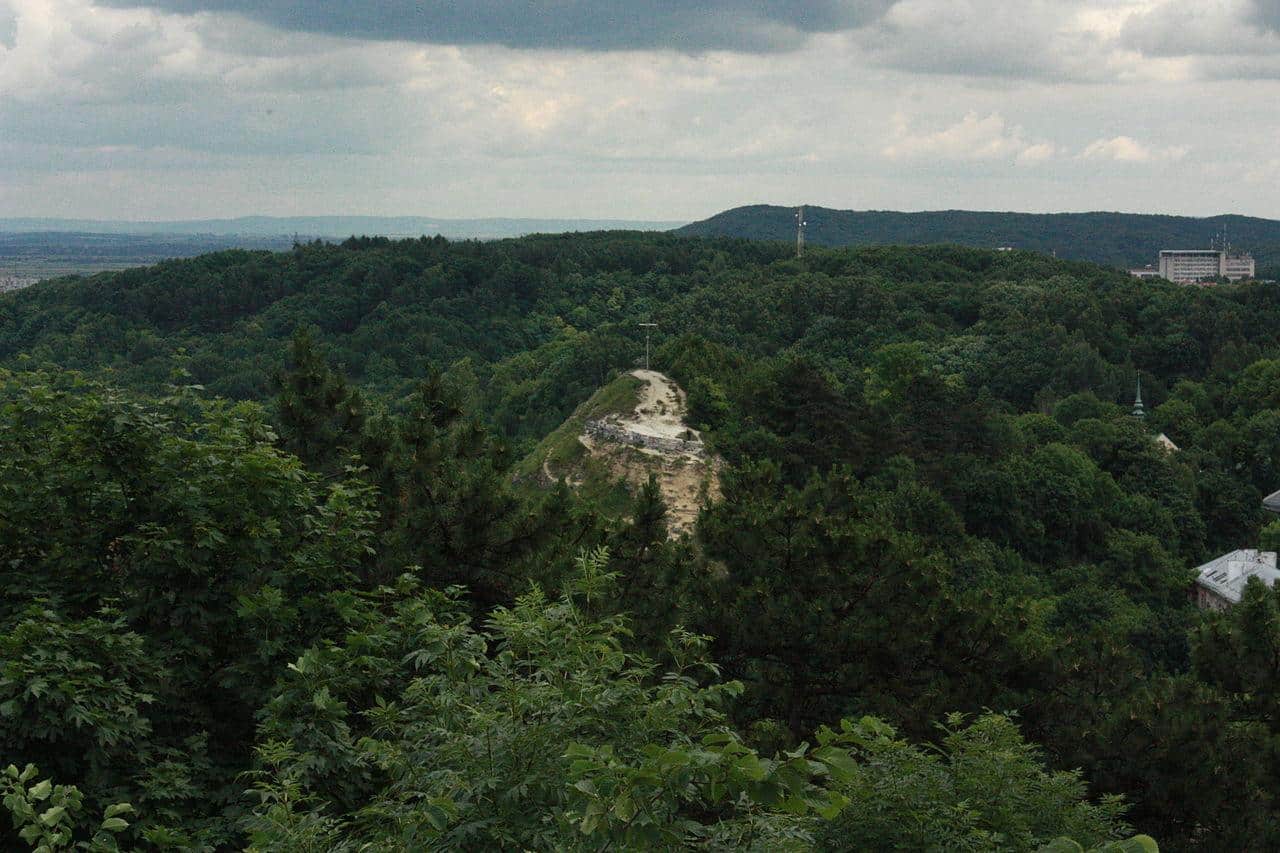
photography by: Lena Krasovska/ Wikimedia Commons
Over the years, many fables have been linked to the hill, including its alleged role as a popular meeting place for the city’s witches, who gathered at the premises for their pre-Christianity sabbath rites, for which the small mountain was dubbed the Witch Mount.
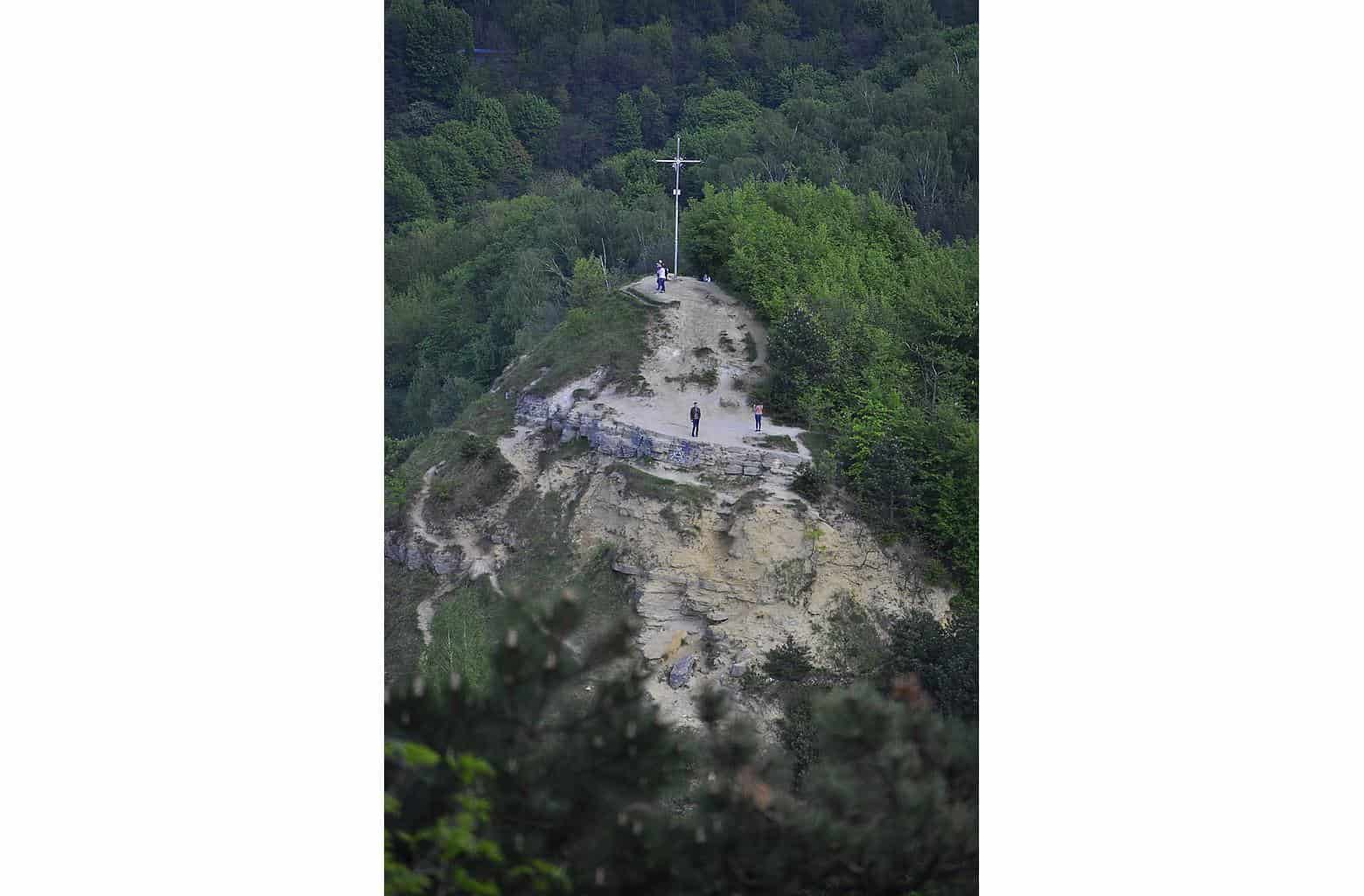
photography by: Олег Горбань/ Wikimedia Commons
Before it was utilized as a quarry, the hill also served as a cemetery where unbaptized children who died of deadly plagues were buried.
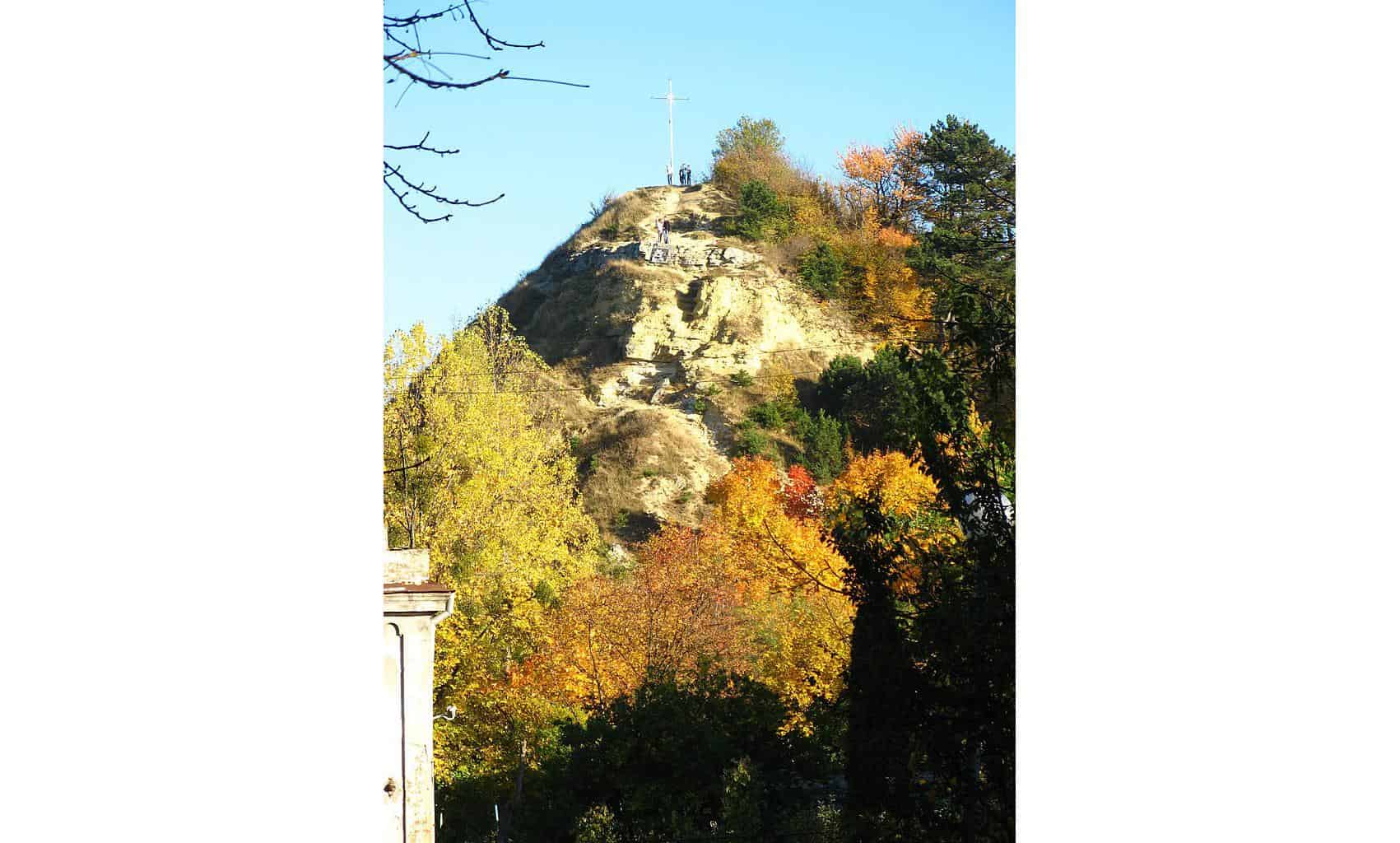
photography by: власна робота/ Wikimedia Commons
Additionally, a makeshift Roma settlement once thrived at the foot of the hill after their members were expelled from the downtown area as they were often disliked and distrusted by the locals. The formerly nomadic people eventually left the informal hamlet, leaving a deep well behind them.
Soon after, the abandoned water hole unintentionally became a place where young men and women committed suicide following a failed love story. The rising death toll prompted the authorities to seal off the well, and ever since, multiple testimonies of roaming ghosts have been reported, albeit the mount’s aforementioned gloomy past makes it extremely challenging to associate any of which with a specific event.

photography by: Lena Krasovska/ Wikimedia Commons
Alongside the hill’s previously mentioned four titles, there are at least three additional names; “Prince”, “Calvary”, and during the 17th century it was also called Mount Stefan by Lviv’s burghers.
In recent years, a wooden cross has been placed at the top of the knoll, which a couple of decades later was replaced by a metal one, perching on the hilltop to these days.
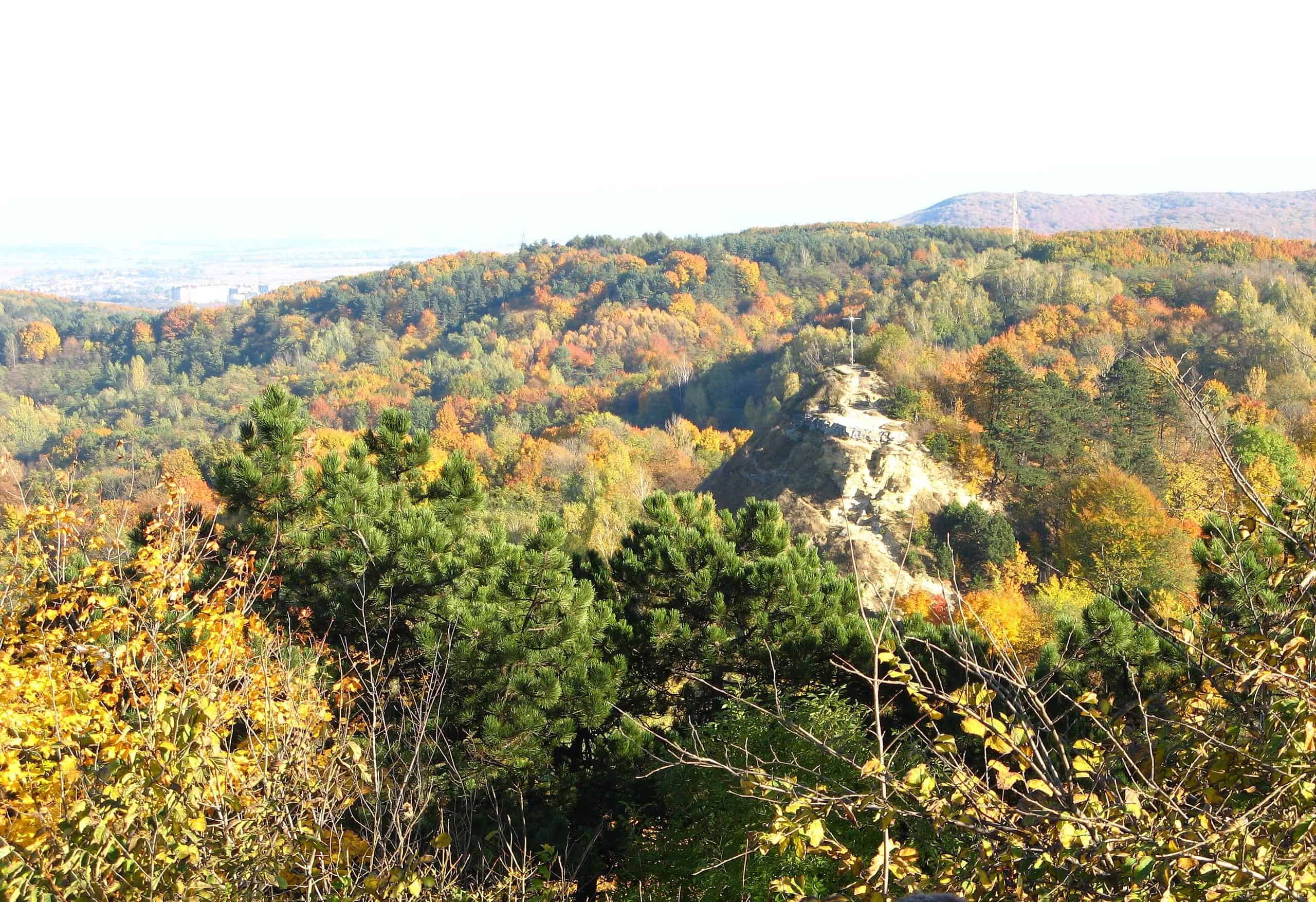
photography by: власна робота/ Wikimedia Commons
Despite being considerably steep in some spots, the uphill climb to the summit is not particularly difficult as several staircases and railings were installed across the slope. Visitors who reach the top of the mount are rewarded with breathtaking views of Lviv and its surrounding wooded hills.